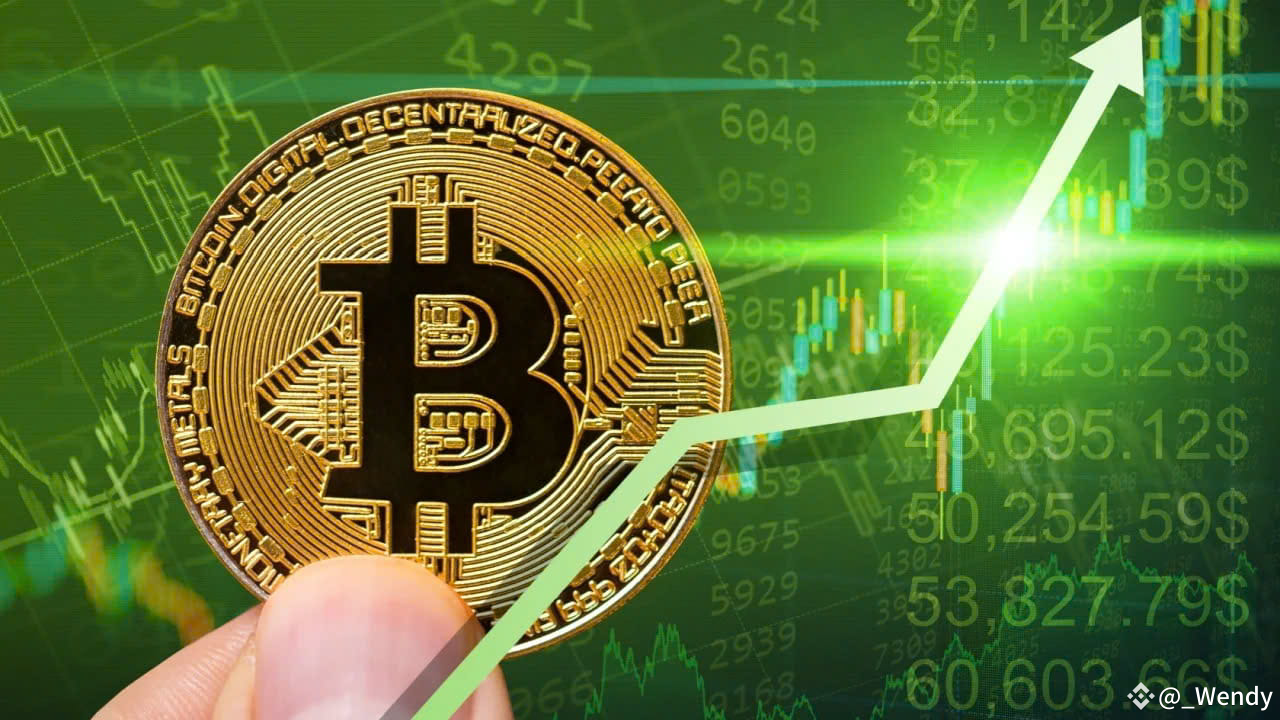A lot of elements affect the : macroeconomic data, investor mood, market demand, and technological developments, among others. The latest decline below $108,000 can be ascribed to rate-cut expectations evaporating ahead of the Federal Reserve’s forthcoming minutes publication. Furthermore, even with the continuous 2025 Bitcoin Conference in Las Vegas featuring well-known speakers like sons of President Donald Trump, the event has not notably affected Bitcoin’s value.Bitcoin price 2025
Institutional Adoption and Market Sentiment
Institutional participation has significantly contributed to the rise of Bitcoin. With approximately 580,000 BTC, MicroStrategy, a business analytics company, is notably the biggest corporate holder of Bitcoin. In line with this, Trump Media and Technology Group revealed its intention to build a $2.5 billion Bitcoin treasury, highlighting the increasing institutional interest in the Cryptocurrency Market The backing of Bitcoin by such powerful people has strengthened its credibility and attractiveness among investors. Driven by factors including high institutional interest, favorable laws, and low sales pressure, analysts have estimated that Bitcoin may reach $145,000.
Technological Developments and Market Trends
Technological developments still help to define Bitcoin’s course. Historically, the recent halving event in April 2024, which reduced the block reward to 3.125 BTC, has been associated with price rises. Nevertheless, the present state of the market points to other elements, such as liquidity cycles, maybe having a more major impact on the price of Bitcoin.
Maintaining its value above $100,000, Bitcoin has shown tenacity in the face of a global market collapse. Reducing miner selling pressure and the development of the bitcoin market help explain this steadiness.
Global Economic Factors and Bitcoin’s Role
IInvestors are seeking alternative assets due to global economic uncertainty, which includes concerns about inflation and bond markets. OOften referred to as “digital gold,” Bitcoin has benefited from this shift; some analysts estimate that as conventional banking systems struggle, its price could skyrocket.
TThe 15th anniversary of “Bitcoin Pizza Day” on May 22, 2025, serves as a poignant reminder of Bitcoin’s evolution from a niche digital asset to a mainstream financial instrument. OOriginally valued at $41, Bitcoin has now risen to nearly $1 billion, highlighting its unprecedented increase in value.
Regulatory Landscape and Future Prospects
However, a major determinant of Bitcoin’s future is the legislative environment. While some nations have embraced Bitcoin, others have imposed restrictions on its use. T The launch of Bitcoin Exchange-Traded Funds (ETFs) in 2024 will provide investors with more accessible options to invest in Bitcoin, thereby stimulating demand and potentially leading to a price increase.  Looking ahead, experts believe that factors such as improved institutional adoption, favourable regulations, and technological advancements will contribute to the continued rise of Bitcoin’s price. However, potential obstacles such as market instability and legal roadblocks could impede the growth of Bitcoin’s market value.
Looking ahead, experts believe that factors such as improved institutional adoption, favourable regulations, and technological advancements will contribute to the continued rise of Bitcoin’s price. However, potential obstacles such as market instability and legal roadblocks could impede the growth of Bitcoin’s market value.
The Evolution of Bitcoin’s Market Value
SSince its launch in 2009, when it was essentially worthless, Bitcoin’s price has experienced extreme fluctuations. IThe price increase of Bitcoin over the years has reflected rising public knowledge, media coverage, and acceptability in conventional finance. Reaching around $20,000 in 2017, Bitcoin made news worldwide, only to decline drastically the next year. DDriven by institutional adoption and macroeconomic instability, Bitcoin’s price topped $60,000 by 2021. Driven by inflation worries, legislative certainty, and the evolution of complex blockchain infrastructure, Bitcoin’s price climbed beyond $100,000 in 2024 and 2025.  This steady upward trend highlights how Bitcoin is turning from a speculative novelty into a strategic financial asset. Investors perceive Bitcoin as digital gold, and both crypto-native activity and broader economic circumstances influence its price.
This steady upward trend highlights how Bitcoin is turning from a speculative novelty into a strategic financial asset. Investors perceive Bitcoin as digital gold, and both crypto-native activity and broader economic circumstances influence its price.
Institutional Adoption and Market Legitimacy
The explosion of institutional interest has been a primary factor contributing to the increasing price of Bitcoin. CCompanies like Square and Tesla have made headlines recently for purchasing significant quantities of Bitcoin. Leading business analytics company MicroStrategy, which is run by Michael Saylor, has amassed more than 400,000 BTC, thereby supporting the narrative that Bitcoin serves as a consistent long-term store of wealth.
Governments are also stepping into the Bitcoin space. E In early 2025, the United States government created a Strategic Bitcoin Reserve as part of a historic policy change. Under President Donald Trump, this initiative helps Bitcoin align with conventional reserve assets, such as gold. B This acknowledgement, indicating long-term official support, makes Bitcoin more legitimate and helps stabilize its price.
Countries like El Salvador have included Bitcoin in their national budgets, demonstrating a growing acceptance of cryptocurrency. F For instance, Bhutan and Iran are utilizing their surplus energy to mine Bitcoin, thereby aligning state policies with cryptocurrency incentives. These changes affect global attitudes and stimulate demand in both the institutional and retail sectors.
Market Forces and Economic Influences
Macroeconomic events, such as interest rates, inflation statistics, and monetary policy decisions, significantly impact the price of Bitcoin. Bitcoin price 2025 has become a counterpoint to the devaluation of fiat currency as central banks around the world struggle with inflation and liquidity constraints. T The narrative of Bitcoin being referred to as “digital gold” has gained traction, particularly as fiat money demonstrates structural weaknesses.
Additionally, supply dynamics are crucial. W With only 21 million bitcoins available for mining, the Bitcoin system naturally incorporates scarcity. H Historically, halving events—which reduce the number of new bitcoins created every four years—have triggered bull markets. April 2024 was the most recent halving event, during which block rewards decreased from 6.25 to 3.125 BTC. T The reduction in Bitcoin supply produced a supply shock, which helped explain the price surge in 2025.
Final Thoughts
The fundamental technology of Bitcoin continues to develop. Although small transactions on the original Bitcoin price 2025 blockchain are comparatively sluggish and costly to utilize, scaling alternatives such as the Lightning Network have significantly increased the speed and efficiency of transactions. The higher utility of Bitcoin helps its adoption in practical payment environments; hence, it strengthens demand and price resilience.
Further developments enable the use of Bitcoin in distributed finance (DeFi) ecosystems through the integration of smart contracts via sidechains and cross-chain interoperability. These technical improvements provide utility and increase Bitcoin’s importance outside of a passive wealth repository.



